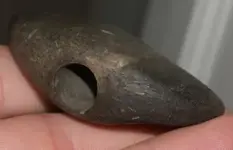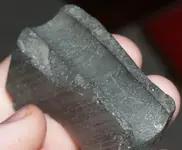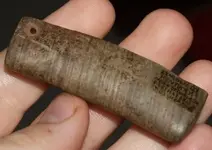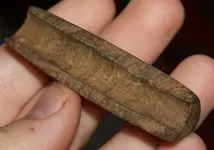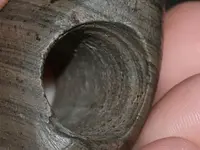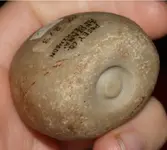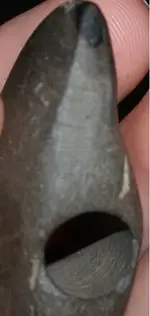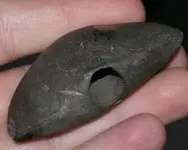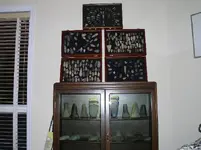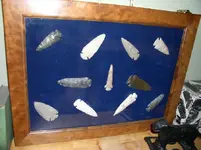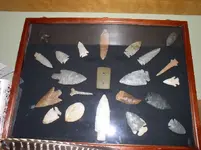Bradyboy,
I desserve some blame for your ignorance on the subject matter. I shouldn't have put a link to my website. The post wasn't meant as an advertisement. I just wanted to show some things that knowledgable artifact collectors could appreciate.
The piece to which you refer is a no-brainer authentic bannerstone. It has perfect documentation dating to the late 1920's. It is published in the book "Ornamental Indian Artifacts" by Lar Hothem on Page 80. It has been viewed, enjoyed, and sometimes envied by a large number of knowledgable artifact collectors. Enough about that.
I am going to make some assumptions. You have already done this, so it is fair game. You know the problems with assumptions, they make an "ass" out of you and me.
I don't believe that you even have a modicum of knowledge about Midwestern bannerstone forms. I doubt you have ever seen one in person, and certainly have no clue how they were manufactured. Why you decide to chime in with a backround in machining is beyond me. Instead of further berating you, I'll teach you something. I may even add to the thread from time to time with some info on the topic.
Most bannerstones were drilled with a hollow reed and sand combination. As a result, the holes are extremely clean with circular scoring. I will make a new post that explains the process in greater detail, but I wanted to keep it really at first for you.
Pictures:
1) Same bannerstone you questioned from another angle to highlight hole
2) See Above. Notice extremely large raised mineral deposit on top corner.
3) Quartz banner with reed drilling only started. Notice the "nipple".
4) Large hole banner. Notice ringed scoring and massive mineral buildup.
5) Broken and salvaged banner segment. Notice hole is perfectly straight. Pic slightly distorts, b/c piece did not break cleanly.
6) See Above. Unbroken angle to show how the line isn't clean on the break. Also, notice second salvage hole.
7) Another broken banner showing scoring and the result of reed drilling. It is a "reel" type, and is considered the earliest banner form.
Regards,
Jon Dickinson.



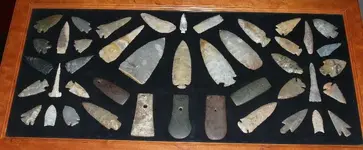
 thats some nice stuff there Jon.
thats some nice stuff there Jon.